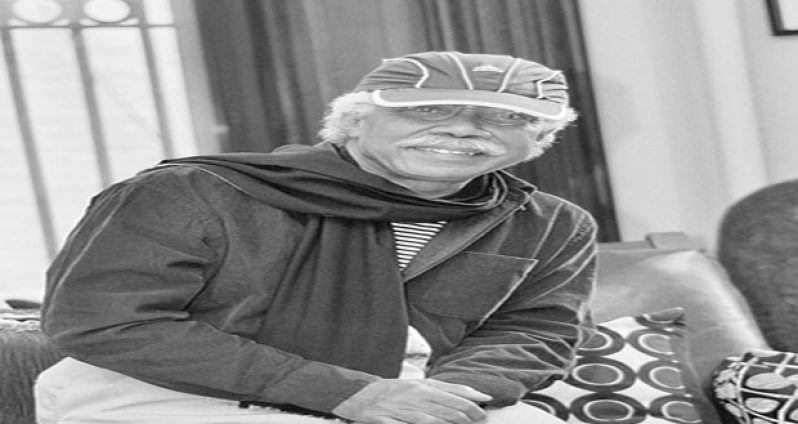By now it should be sensed that a decline in the arts occurs when artists have an insufficient idea (or interest in) about what was created by other artists before them. So, consequently, they can neither see where they are far less skillful and creative by comparison, and aspire to higher standards; or be influenced to build upon past art, within the context of their current civilization’s accumulated knowledge.
ARTISTS’ RESPONSIBILITY
Neither the reading public, editors, curators, critics or judges, are as much responsible for a decline in the arts as are artists themselves, since these ‘professional’ people merely respond to the art they are presented with (maybe ‘literary agents’ and ‘art dealers’ can provoke a decline in quality?), and they are not obliged to be interested in the actual betterment of art-making, only in what pleases them and matches their knowledge and opinions, which, precisely because it is usually self-centered, may be limited also.
It is to such ‘go-between’ assistants to the arts, that the public usually owes its awareness of the arts in general. Because of such an annoying compromise, some of the best artists have also been profound theoretical and critical writers about art. For example, creative writers like: Baudelaire; Proust; Virginia Woolf; T. S. Eliot; Andre Breton; Albert Camus; Andre Malraux; Ezra Pound; Alain Robbe-Grillet; Phillippe Sollers; Hemingway; Truman Capote, Gore Vidal; Alejo Carpentier, Octavio Paz; Wilson Harris; Ralph Ellison, Leroi Jones. Or visual artists like: Kandinsky; Paul Klee; Mondrian; the Automatists of Quebec, Canada; Lucio Fontana; Antonio Tapies; Hans Hoffman; Barnett Newman; Mark Rothko; Sam Francis; Willem De Kooning, and Peter Max, among others.
WRITING AND INFLUENCES
In some creative writing by recent writers we can list the influence and progression of a fragmented writing style; the integration of works of literary, visual or cinematic art on fiction and poetry; the use of memory, dream, mythology, magical transformations, and travel. Which all stems back to Homer, Virgil, Petronius, Apuleius, Baudelaire, Nerval, Gautier, Huysmans, Proust, Woolf, Joyce, Breton, Scott Fitzgerald, Faulkner, Hemingway, Dos Passos, Robbe-Grillet, Claude Simon, Wilson Harris, Michel Butor, Borges, Cortazar, and William Burroughs. In identifying their contemporary influence and progression we may be in a minority group, but not one of artistic decline.
FRAGMENTARY STYLE
Some of the most profound modern novels are examples of creative writing at its best due to their use of a fragmentary literary approach, where the topic or descriptive action jumps, as was first demonstrated in ‘The Satryicon’ by Petronius. With Scott Fitzgerald, a highly underrated American writer whose genius has been over-shadowed by the renown of his contemporaries, Faulkner and Hemingway, we see him at the peak of his writing powers near the end of his life in the 1940s, when he wrote ‘The Last Tycoon’, ‘The Pat Hobby Stories’, and a collection of prose fragments titled ‘The Crack-up’. Fitzgerald died before finishing ‘The Last Tycoon’, yet its unfinished state remains not a defect, but an asset of the novel’s overall brilliance in sentences, paragraphs, and chapters. With ‘The Crack-up’ on the other hand, Fitzgerald’s sharp, endlessly surprising fragments present his best literary qualities in précised form.
THE PROGRESSIVE STYLE
Following Fitzgerald’s example, the fragmentary novel and story achieved the status of fiction at its stylistic best, both in form and content, with unforgettable books like: Leroi Jones’ ‘The System of Dante’s Hell’ (1965); Julio Cortazar’s ‘Hopscotch’ (1966); Jerzy Kosinski’s ‘Steps’ (1968); Joan Didion’s ‘Play It As It Lays’ (1976); Jamaica Kincaid’s ‘At The Bottom Of the River’ (1978); Phillippe Sollers’ ‘Women’ (1983); Marguerite Duras’s ‘The Lover’ (1985); Bret Easton Ellis’s ‘Less Than Zero’ (1985), and its sequel ‘Imperial Bedrooms’ (2010); Cormac McCarthy’s ‘The Road’ (2006); ‘The Collected Stories of Lydia Davis’ (2009). These works, among others, comprise a profound minority of recent literary quality built on a command of sentence structure which packs a wallop of emotional precision and physical detail. The fact that these works have done well commercially, and continue to do so, proves that once read, most readers recognise them as literature of an aesthetic level that is also quite pleasurable in many aspects.
A SAMPLE
Ellis’s ‘Less Than Zero’, with its italicised memory inserts, and its sequel ‘Imperial Bedrooms’, with its breathless pace; or McCarthy’s ‘The Road’, with its vivid heart-breaking devastation and destitution, make language our sensitive second skin. Here is the beginning of a fragmentary chapter from Ellis’s ‘Imperial Bedrooms’: “Entering the party at the Sunset Tower we’re behind a famous actor and the cameras start flashing like a strobe and I pull Rain with me toward the bar and when I catch my reflection in a mirror my face is a skull from the hour spent at the observatory, and on the terrace overlooking the pool, snaking through the hum of the crowd with Rain, I say hello to a few people I recognize while nodding to others I don’t but who seem to recognize me and I make small talk…” And so it goes for twenty-nine lines down the page without one full stop. And because of this, it is effective creative writing which does not contribute to a decline in the arts.
by Terence Roberts




.png)









